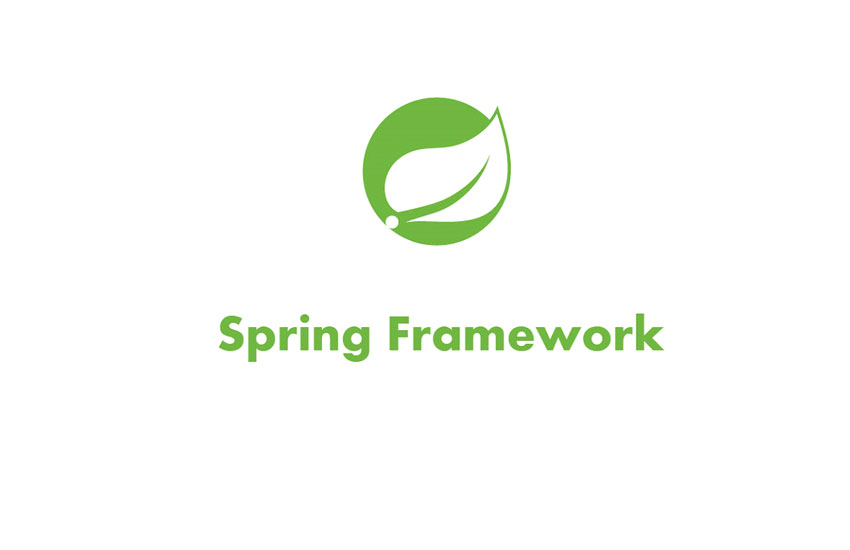Why Spring Framework is the Best Fit for Java Enterprise Applications

There have been ever-running debates on what framework of Java is best for enterprise application development and most times, Spring comes as a winner!
The Spring framework has many modules. Java developers have the advantage of choosing any module for developing Java-based Enterprise Applications.
It is lightweight, innovative, and fast, which makes it an excellent, hyper-productive replacement of Java Platform, Enterprise Edition (Java EE).
In the Java EE ecosystem, Spring fit in the easiest way, in fact, one might say that working with Java EE in parallel with Spring is more exciting and inspirational.
Typically, Spring is not the replacement of Java EE but simply complementary to Java EE, as it well integrates with individual components of Java EE.
Because of this reason, Spring is often called Java Spring framework.
The spring framework’s latest version provides sound support to a multitude of application architectures, including web, messaging, and transaction data. It includes Servlet-based Spring MVC web framework and Spring WebFlux reactive web framework.
Before we delve deeper into why the Spring framework is the best fit for Java Enterprise Applications, it is important to understand Spring Framework Modules and analyze their capabilities.
Understanding Spring Framework Modules

Spring framework has a set of modules including JDBC, Servlet, Struts, Expressional Language, Core, Beans, ORM, OXM, and more. Among these modules, the Core Container module is widely used, as it has crucial functionality of the Spring Framework.
One of the key components of this module is the BeanFactory, which applies the Inversion of Control (IOC) pattern used for decoupling components and layers. It is responsible for configuring and gathering objects, called Beans, using configuration metadata and managing their lifecycle.
Another important Spring Module is the Spring JDBC Dao that offers exception hierarchy for managing the query with the database. JDBC stands for Java Database Connectivity, which is a part of JavaSE (Java Standard Edition). This Java API uses JDBC drivers to connect with the database.
Spring’s framework Jars enable the developers to deploy JDK 9’s module path, known as Jigsaw. The Jar files work well with both JDK 8 and JDK 9
When it comes to Spring Framework 5.0, it needs Java EE7 at the minimum, while providing displaying excellent integration capabilities with Java EE 8.
Also Read: 7 Compelling Reasons to Learn the Programming Language
Advantages of Spring Framework That Make It Best Fit for Java Enterprise Applications Development

Below, we have listed why Spring is best to be used in parallel with Java EE to create advanced, high-performance Java enterprise applications.
Integration with Java EE Platform Specifications
Spring framework’s modules can be easily integrated with different specifications of Java Enterprise Edition like:
- Servlet API: The API is used for optimizing web applications for the Platform as a Service (PaaS) model, improve request-based processing, and making it easier to develop asynchronous applications.
- WebSocket API: Suitable for those web applications that depend on central servers such as chat applications, live maps, collaborative online tools, and multi-layer web-based games.
- JSON Binding API: Serves as a standard binding layer to convert Java objects from JSON messages, and vice versa.
- Concurrent Utilities: Offers runtime support to Java EE application components
- Java Persistence API: Support user-configurable naming strategies, improve standardization for schema generation, provide flexibility to generated values, and allow the use of custom types and transformational methods.
Compatibility with these APIs of Java EE makes Spring the best for developing Java enterprise applications and web applications.
Also Read: 9 Tips to Hire Java Developers
Support Dependency Injection and Common Annotations
Dependency Injection and aspect-oriented programming is the core concept of the Java Spring framework. Spring core container for dependency injection (DI) enables the developers to inject objects into other objects, which creates a design in which Java classes are decoupled.
Since the Spring Framework also supports the Dependency Injection for Java, which provides an integration point for configuration approaches and Common Annotations that apply across a range of web technologies, developers have the choice to not to use the DI mechanism provided by Spring.
Design Principles Compatible with Different JDK Versions
Any enterprise application company working on Spring framework applications can vouch for its design principles, which provide them multiple choices at every level.
Besides, it has been exclusively designed with backward compatibility, means it is compatible with various versions of Java Development Kit and third-party libraries. This makes it suitable for maintaining previously developed Java applications and libraries that now rely on Spring.
Conclusion
Developing enterprise applications with Java and Spring Framework is the best choice available today. The best way to explore more and to understand if Spring is the best framework for enterprise development, you can contact a proven Java application development company and explore what frameworks they use for building enterprise Java applications. Feel free to reach out if you have any questions.
The Future is With Java or Python?
